More From the Los Angeles Times
Most Read in California
-
-
-
-
Oct. 3, 2024

A Chula Vista firefighter walks away from the Harris fire in San Diego County in October. Scientists worry that native coastal sage and chaparral may be replaced by invasive grasses in areas that burned in 2003 and again last year. (Brian van der Brug / Los Angeles Times)

Tom Warren walks through fire-scarred land near Midas, Nev., that was replanted with grasses and sagebrush. (Brian van der Brug / Los Angeles Times)
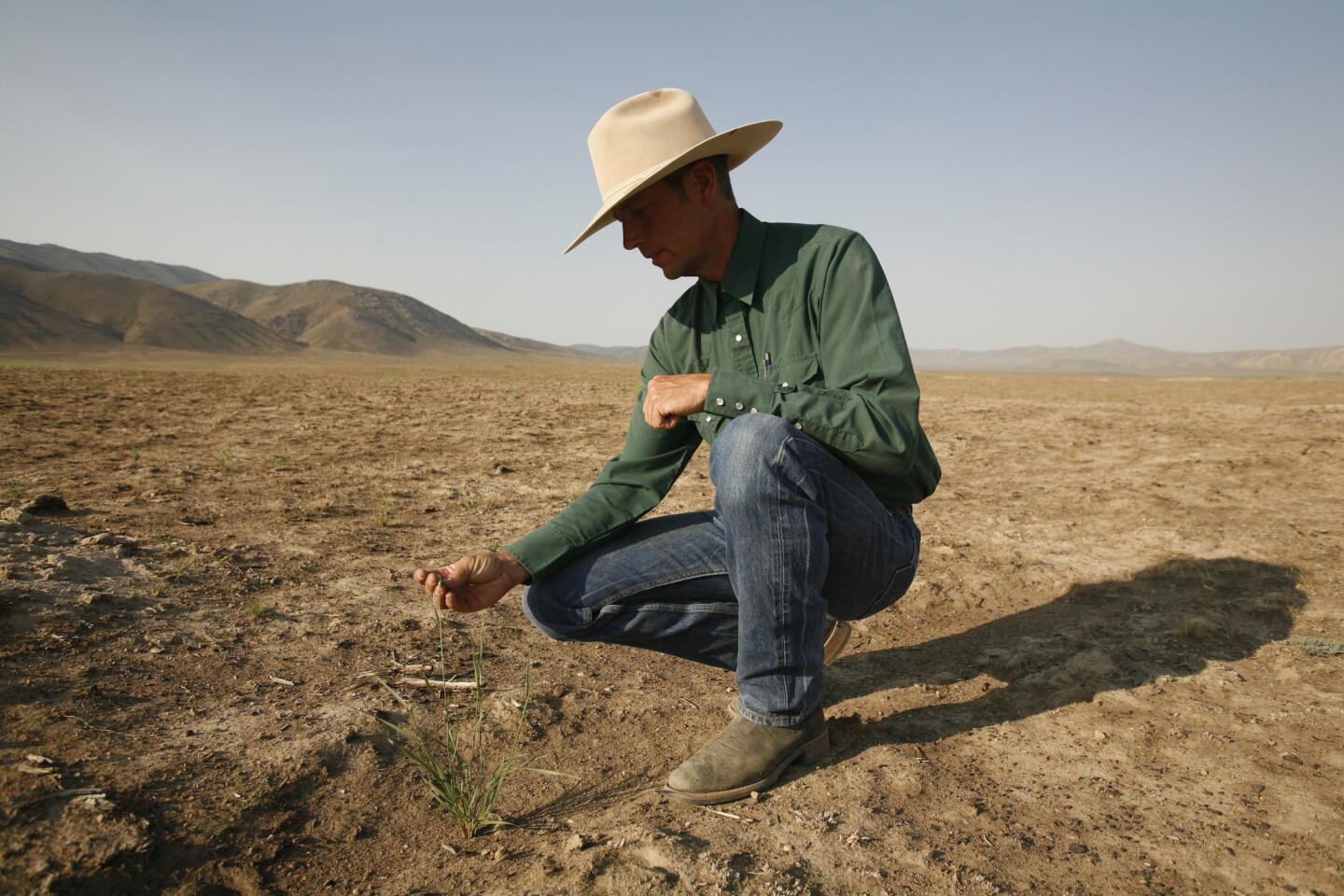
Jon Griggs, manager of the Maggie Creek Ranch in northeast Nevada, looks over a 400-acre area that was reseeded after a recent fire. Winds blew most of the seeds away before they could germinate. (Brian van der Brug / Los Angeles Times)
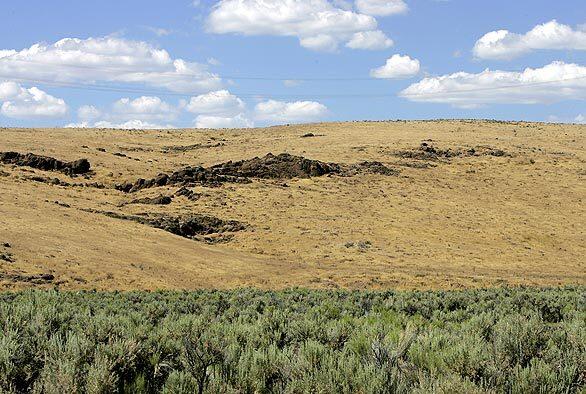
Invasive cheatgrass covers a hillside in northern Nevada, where repeated fires have wiped out native sagebrush, visible in the foreground. (Brian van der Brug / Los Angeles Times)
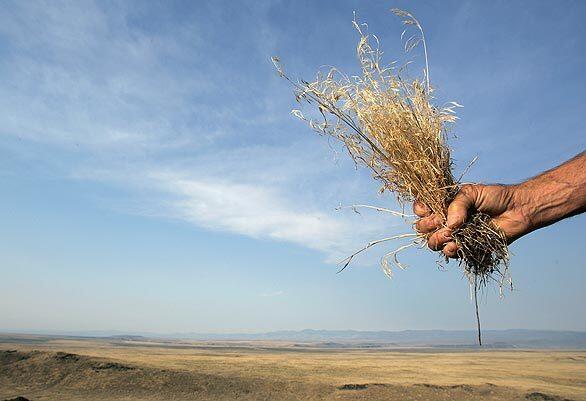
Mike Pellant, coordinator of the Great Basin Restoration Initiative, holds a fist-full of cheatgrass in Idaho. (Brian van der Brug / Los Angeles Times)
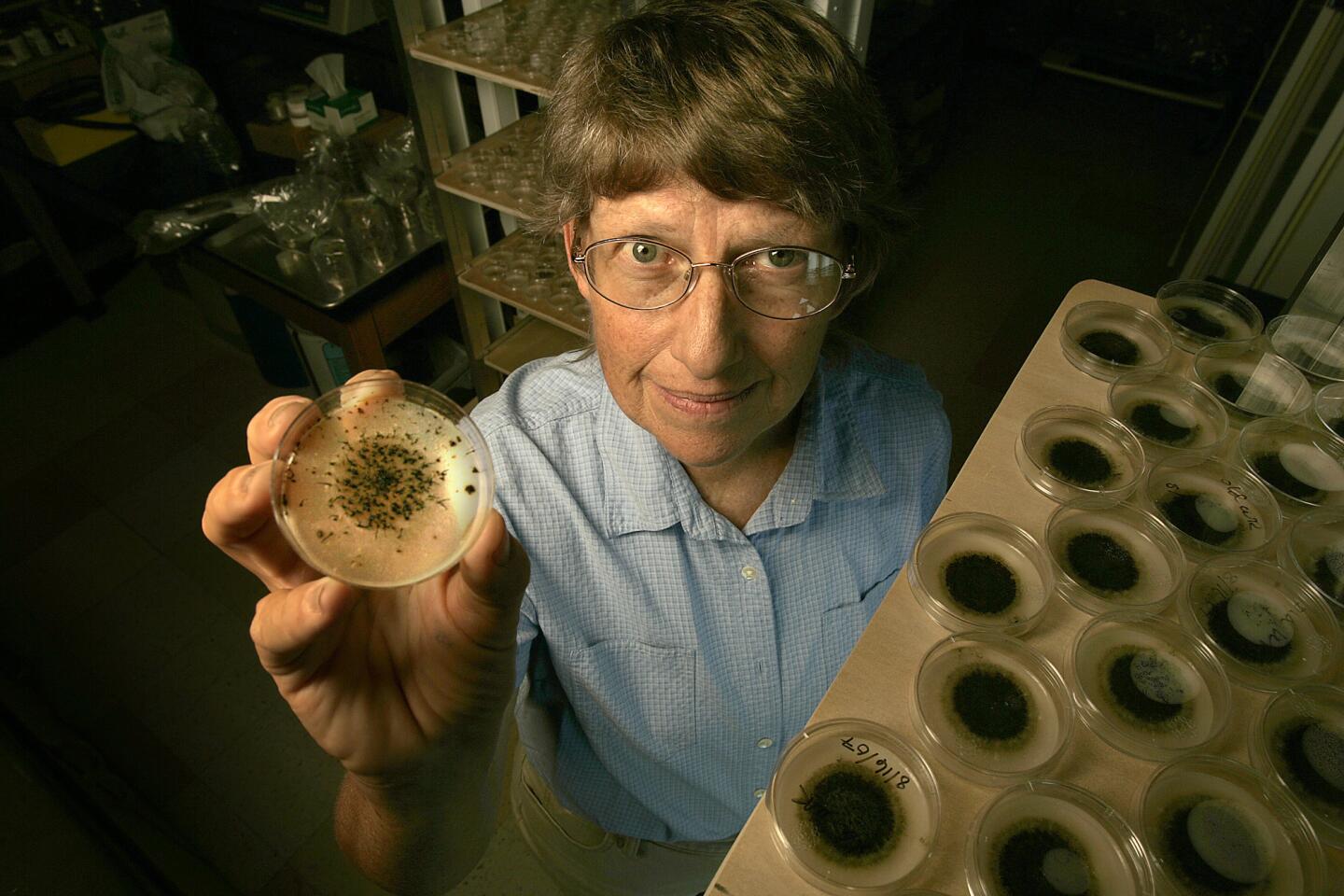
Federal research ecologist Susan Meyer holds a Petri dish growing a naturally occurring fungus that inhibits cheatgrass germination. She calls it “the black fingers of death.” (Brian van der Brug / Los Angeles Times)
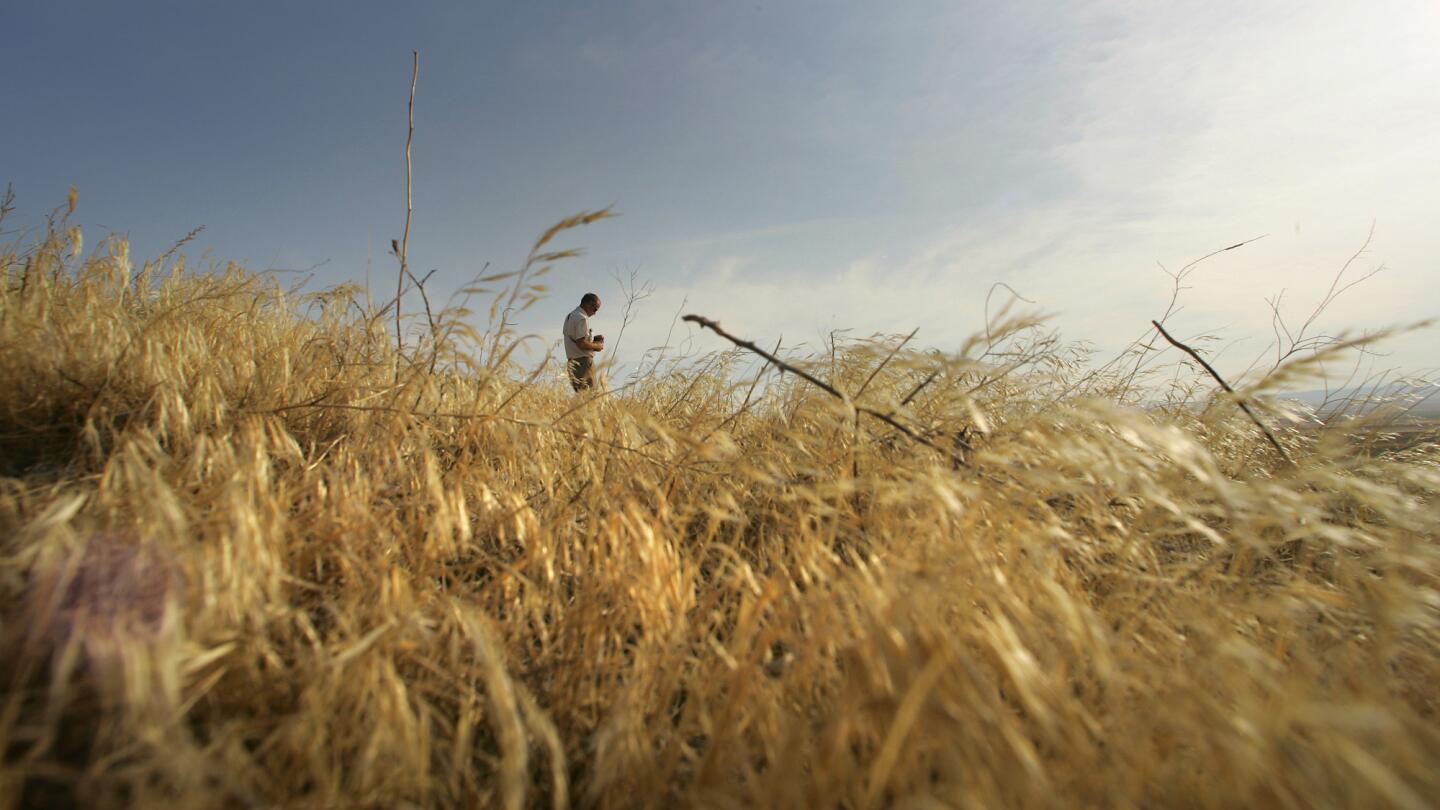
Mike Pellant of the U.S. Bureau of Land Management on a cheatgrass-choked hillside in the Snake River Birds of Prey National Conservation Area in Idaho. (Brian van der Brug / Los Angeles Times)
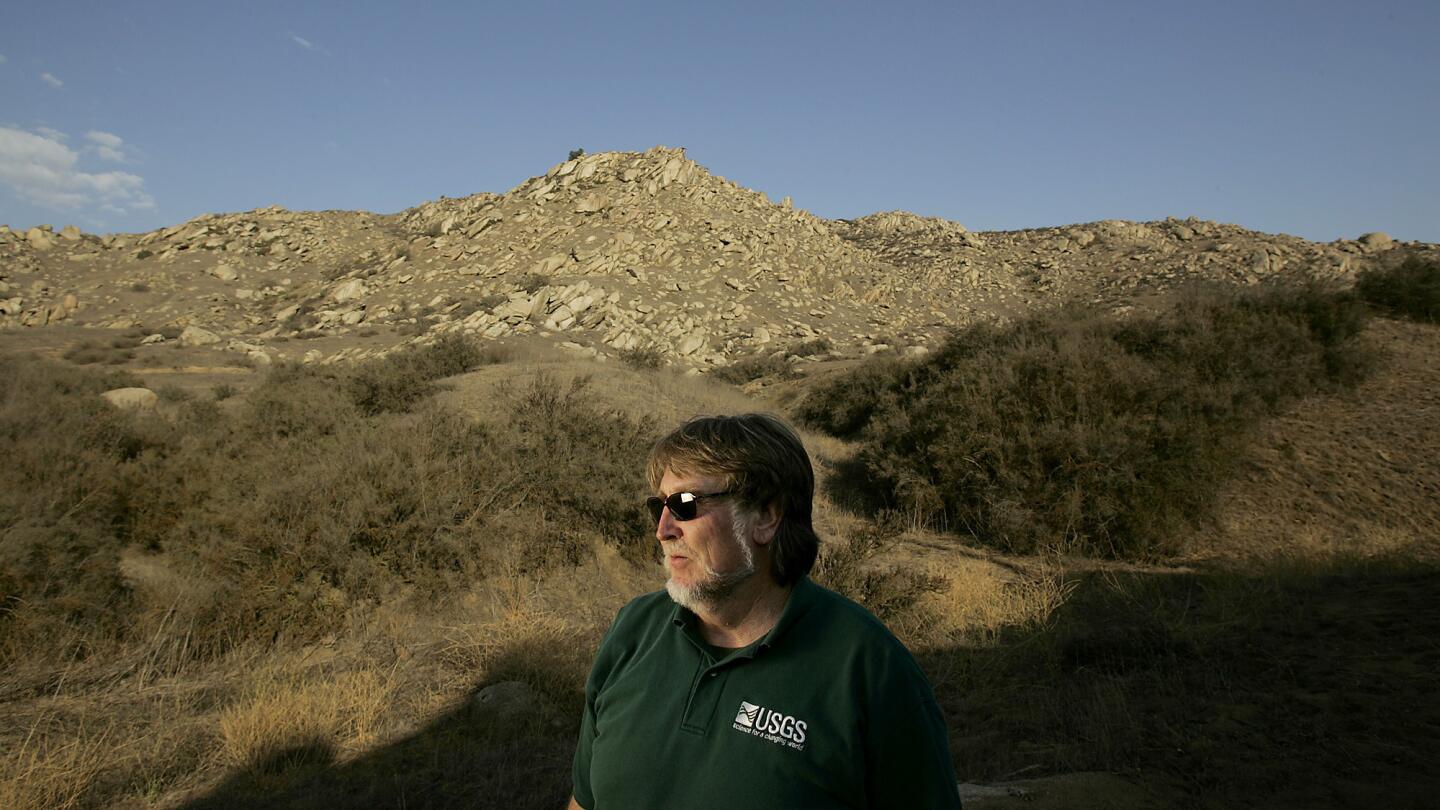
Federal researcher Jon Keeley at Box Springs Mountain Reserve in Riverside County. Frequent fires have destroyed the native shrubs on the hillsides, which are now covered with invasive grasses. (Brian van der Brug / Los Angeles Times)
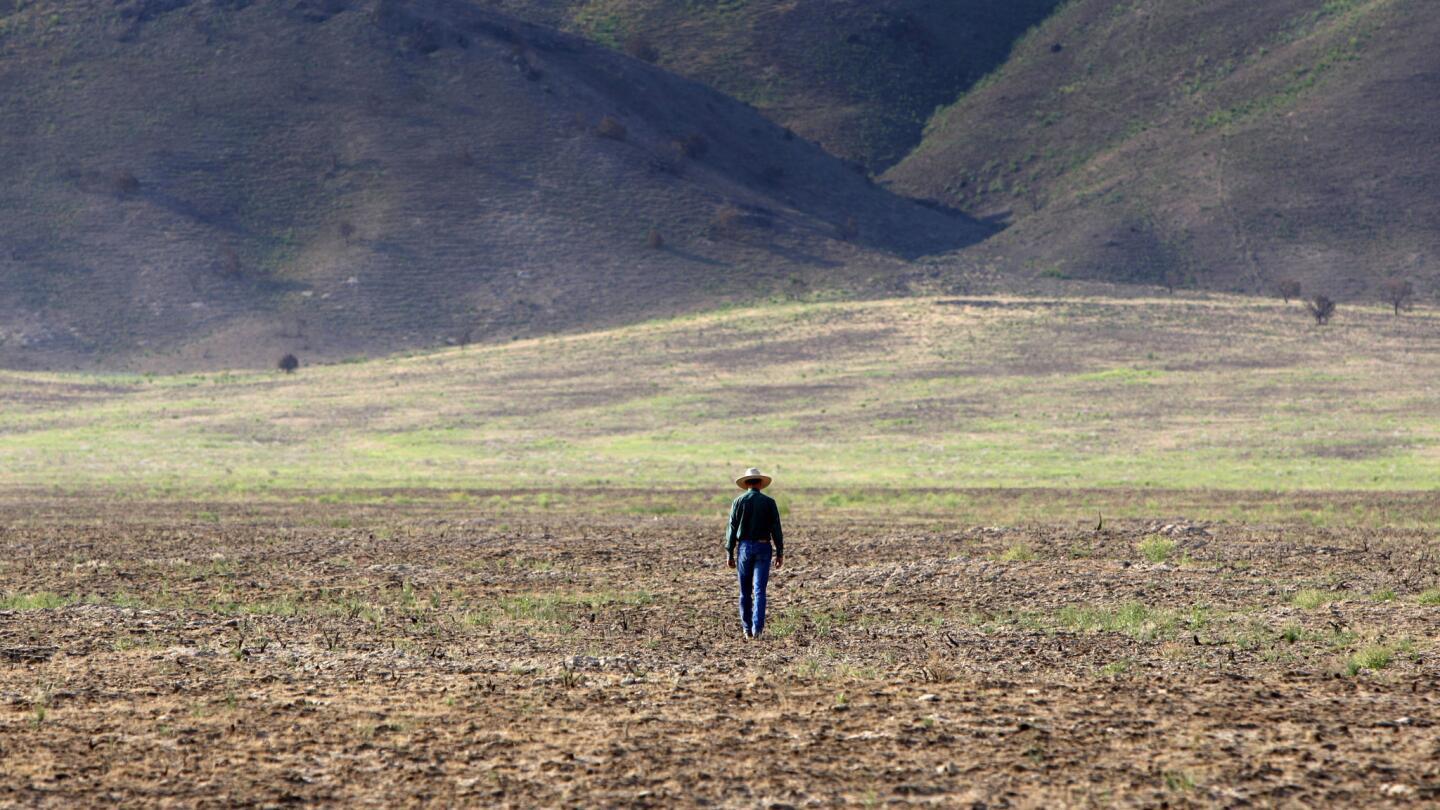
Jon Griggs, manager of a ranch near Elko, Nev., walks through an area swept clean of sagebrush by recent fires. About 80% of the ranch’s grazing land has burned in the last two years, he says. (Brian van der Brug / Los Angeles Times)
Oct. 3, 2024